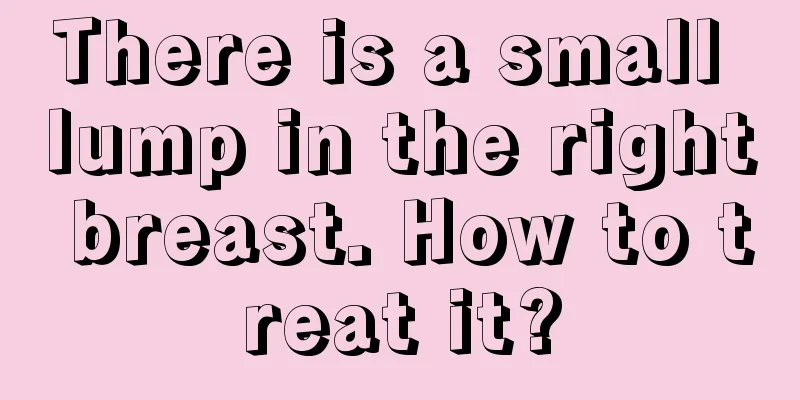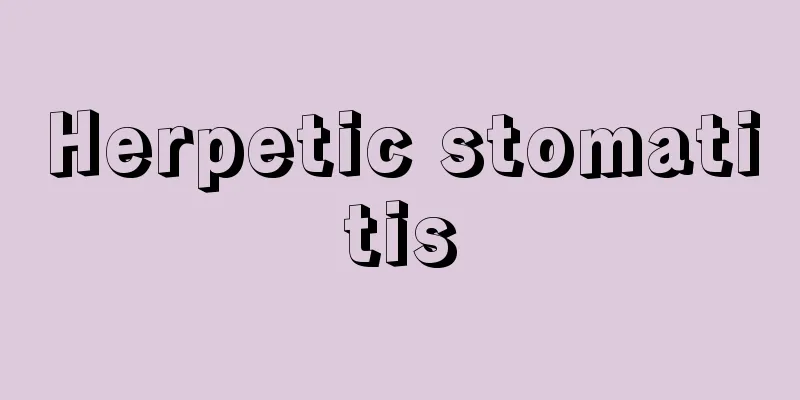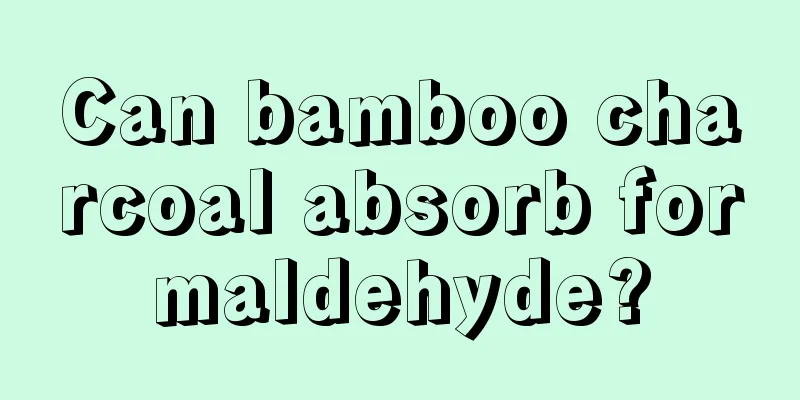What is the difference between cerebral infarction and cerebral thrombosis

|
Cerebral infarction and cerebral thrombosis are actually both clinically referred to as cerebral infarction, but the nature of these two diseases is different. Although the symptoms are similar, they cannot be confused. Before treatment, patients should pay attention to distinguishing the causes and receive scientific treatment. Cerebral thrombosis and cerebral embolism are both ischemic cerebrovascular diseases. Clinically it is collectively referred to as cerebral infarction. The symptoms of the two are similar and are often confused, but the causes of the two are different and should not be confused. (1) Cerebral thrombosis usually occurs after middle age, with a slow onset and often reaching its peak within a few days. There are usually signs before the onset of the disease. Cerebral embolism is more common in young and middle-aged people under 40 years old. The onset is acute, and all symptoms appear within a few seconds to 2 to 3 minutes, and there are no prodromal symptoms. (2) Cerebral thrombosis is caused by the stenosis or occlusion of the cerebral blood vessels themselves, leading to ischemia, softening and necrosis of brain tissue. Cerebral embolism is caused by blockage of cerebral blood vessels by solid, gas, liquid or other emboli brought in by the blood flow. The disease occurs inside the brain, but the root cause is outside the brain. (3) Cerebral thrombosis often occurs when the patient is in a quiet or sleeping state. After waking up, the patient finds that he or she cannot move freely and has aphasia. Cerebral embolism is often preceded by strenuous exercise and emotional excitement, and the onset is sudden. (4) Patients with cerebral thrombosis often have a history of hypertension, arteriosclerosis, cerebral ischemic attack, diabetes, etc. The medical history of cerebral embolism varies, but it is mainly seen in heart disease, postoperative period, trauma, etc. (5) The main symptoms of cerebral thrombosis are hemiplegia and speech impairment. The patient is generally conscious or has no headache, vomiting, etc. Clinical manifestations after cerebral embolism include headache, vomiting, impaired consciousness, aphasia, hemiplegia, etc. |
<<: What should we pay attention to when having perianal abscess
>>: What medicine is effective for perianal abscess
Recommend
What to do with oral stones
Many people have bad breath all year round, and n...
Is nephrotic syndrome serious? What are the symptoms?
Kidney disease is a disease with a high incidence...
Bacillus
The formation of the vast majority of bacteria is...
What to do if you have stomachache after drinking too much cold water
Symptoms of stomach pain caused by drinking too m...
What are the symptoms of skin fibroma?
Dermatofibroma is a common benign skin lesion, us...
What are the main symptoms of bladder cancer
The early symptoms of bladder cancer are generall...
What adverse symptoms often occur with liver cancer? There are 4 adverse symptoms with liver cancer
The treatment of liver cancer is an issue that ma...
What are the symptoms of spleen and stomach deficiency and coldness?
Spleen and stomach deficiency and cold is a disea...
What to do if herpes appears around the mouth
Herpes often appears in the human body, which is ...
Migratory pain in bones all over the body
After a tiring day, many people will feel unwell....
What to do if you are allergic to lipstick
Lipstick allergy, also known as lipstick disease,...
Can I get pregnant with hypothyroidism
The thyroid gland is an important endocrine organ...
Is it okay to sleep after drinking?
During festivals or social gatherings, everyone h...
Will tongue cancer definitely cause pain?
Tongue cancer is a malignant tumor in the oral ca...
How much does chemotherapy for colon cancer cost
How much does chemotherapy for colon cancer cost?...









